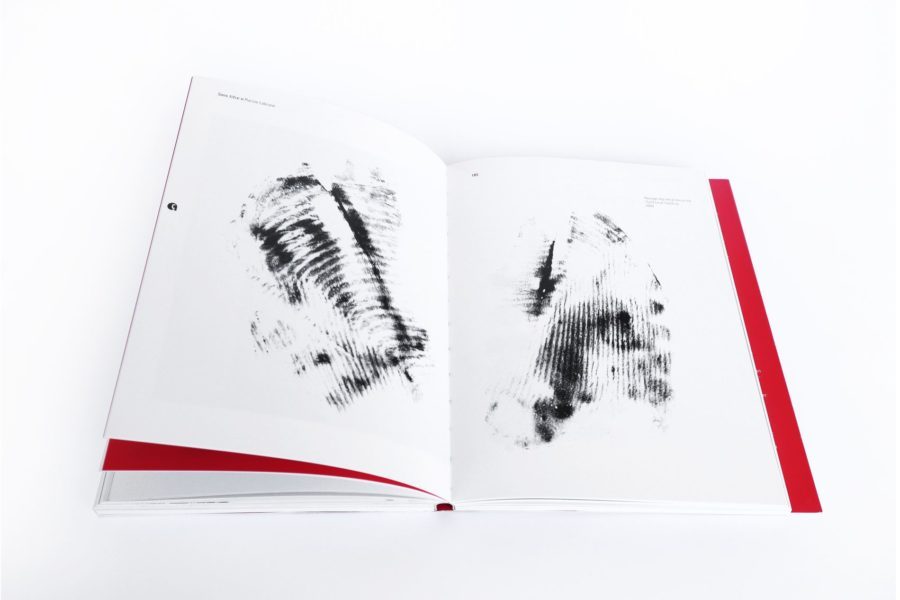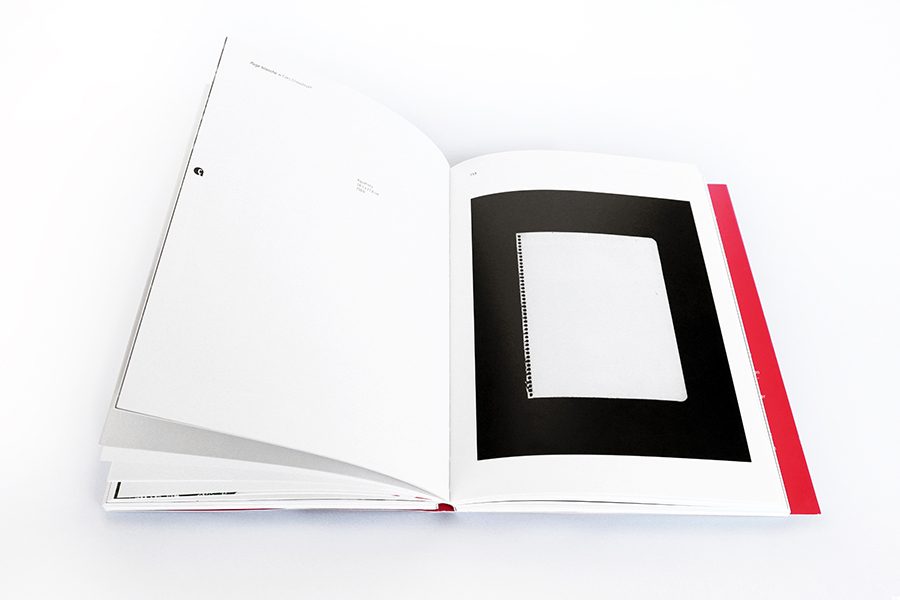_de la huella a lo numérico
movilidad del arte gráfico: matriz física - matriz intangible
_subject
Teaching and research
_speciality
[from footprint to numeric
graphic art mobility: physical matrix – intangible matrix]
This book is the materialisation of the spirit of exchange that emerged between two European Fine Arts Schools: L'École Européenne Supérieure de l'Image de Angoulême (Poitiers) in France, and the Faculty of Fine Arts in Pontevedra, University of Vigo, Spain.
_the origin
Like other similar international collaboration projects between entities and institutions, this book was born, thanks to personal initiatives and coincident research lines of two teams of artists and teachers –ARC Princeps and dx5 digital & graphic art_research–. This was complemented by the necessary empathy and willingness to collaborate between the two groups, essential to address the complexity of the issues and decisions that a task like this entails. In this particular case, it all started as a result of the friendship forged in the early 1980s between Anne Heyvaert, a member of the dx5 research group and Yves Chaudouët, co-founder of the research and creation studio, Princeps.
_the concept
A multitude of coincidences and common objectives quickly emerged between the dx5 group and Princeps, which extended to the dynamics of working around the world of publishing art. Both research teams have influenced and redefined multiple art in recent times through their interdisciplinary studies on the multiple, as a secular prolongation of print and art editing, but with the adoption of episteme and current hermeneutics. Other problems addressed are the application of new industrial and digital technologies; reflection on the notions of incision, footprint, physical or intangible matrices; original-multiple binomials and multiplication-transformation; and all of this always from the triple approach: theoretical, scientific and artistic, which characterises the modus operandi of the dx5 group.




_the authors
This book presents a range of visual approaches that indistinctly originate from both schools in France and Spain, with contribution from students, teachers, ex-students and invited artists to offer a panoramic view of what is happening in the wide artistic framework on both sides of the Franco-Spanish border. Moreover, and in order to rank the variety of discourse, all voices are articulated around different graphic typologies: etching, symbol or memory, to contrast with the aesthetic of disappearances and the visual collage printed without contact or pressure, or discretisation as against analogy.
